Breathing room or bottleneck?
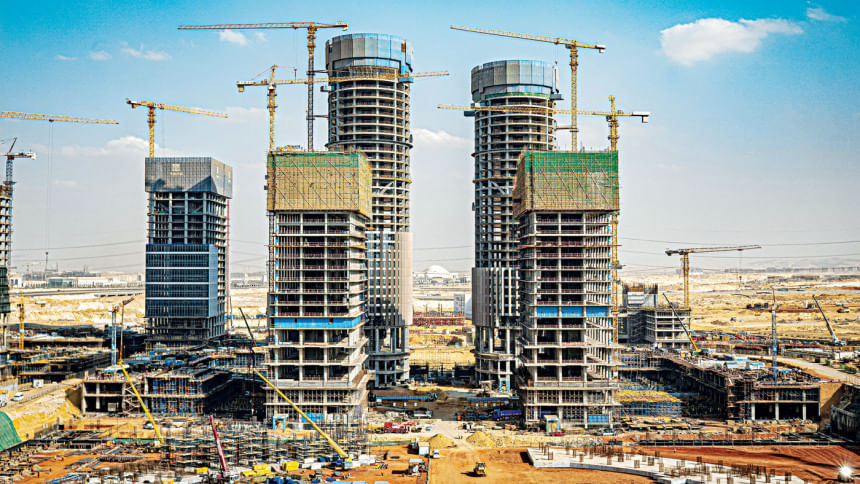
The hum of Dhaka's real estate market has grown uneven. In some corners of the capital, price boards are stubbornly still, developers worry about sales that have thinned to less than half of their pre-pandemic levels, and policymakers fret about the gap between demand and affordability. Yet in other neighborhoods, especially those along the new metro rail corridor, buyers are still lining up, and per-square-foot rates are creeping upward.
This duality defines Bangladesh's housing market today: slowdown on one end, resilience and selective growth on the other.
Sales cool, but not everywhere
Developers say the overall pace of apartment sales has slowed sharply. What once hovered around 900–1,000 units a month has now slipped to 360–400. Realtors blame high bank loan rates often in the double digits and uncertainty about construction costs. The one area of relative stability is the mid-market, especially flats priced around Tk 1–1.5 crore, which still account for the majority of transactions.
Loan data echoes that caution. The Financial Express reported that housing-loan growth slowed to 7.5% in FY24, down from 12.6% the year before, with the total stock standing at Tk 1.28 trillion. This signals that while households continue to borrow, they are doing so more cautiously than in previous years.
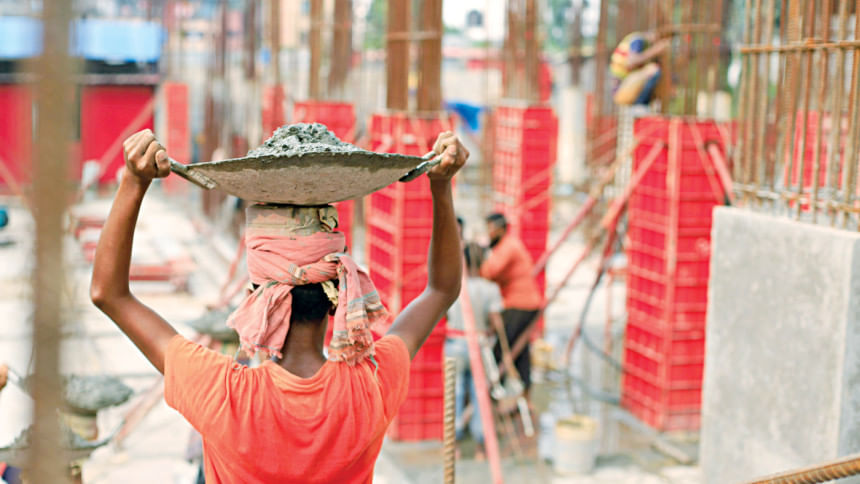
Metro brings fresh attention to Uttara
The north of the city tells a different story. With MRT-6 now running, Uttara has become one of Dhaka's hottest sub-markets. Developers quoted by The Daily Star said the construction cost for quality flats is now around Tk 8,000 per sq ft, with sale prices aimed at Tk 10,000 per sq ft. In practice, apartments are transacting around Tk 12,000 per sq ft, making Uttara attractive to middle-income buyers who want metro access without Gulshan-level premiums.
Mirpur and Uttara are emerging as lucrative locations, explicitly tying the trend to new connectivity and the shift toward gated communities.

Gulshan and Banani remain benchmarks
At the other end of the spectrum, the city's traditional enclaves of wealth remain benchmarks. The Daily Star and Prothom Alo in 2024 both placed Gulshan apartments in the Tk 18,000–36,000 per sq ft range, keeping it firmly in the premium bracket.
Banani, meanwhile, has quietly tightened ranged at Tk 15,000–19,000 in 2024. By December the same year, prices had stretched to Tk 18,000–26,000, driven partly by limited new supply.
Baridhara continues to hover at Tk 22,000–30,000 per sq ft, while Dhanmondi and Lalmatia clock in slightly lower, in the Tk 15,000–25,000 band as of late last 2024. These numbers suggest that despite a broader market slowdown, Dhaka's top addresses retain their pricing power, underpinned by scarcity and prestige.

The mid-market spread
The most revealing contrasts emerge in the mid-market. The Daily Star's on-the-ground reporting shows Basila apartments at Tk 5,000–6,000 per sq ft, reflecting demand from cost-conscious families. Further benchmarks include Banasree (Tk 5,500–6,000), Bashundhara (Tk 7,000–8,500), and Jalsiri Housing (Tk 9,000–9,500).
Taken together, these neighborhoods show how buyers are trading distance, infrastructure, and brand reputation for price points. In many cases, the deciding factor is not just affordability but also commuting convenience. This is a dynamic that will likely strengthen as metro lines expand.
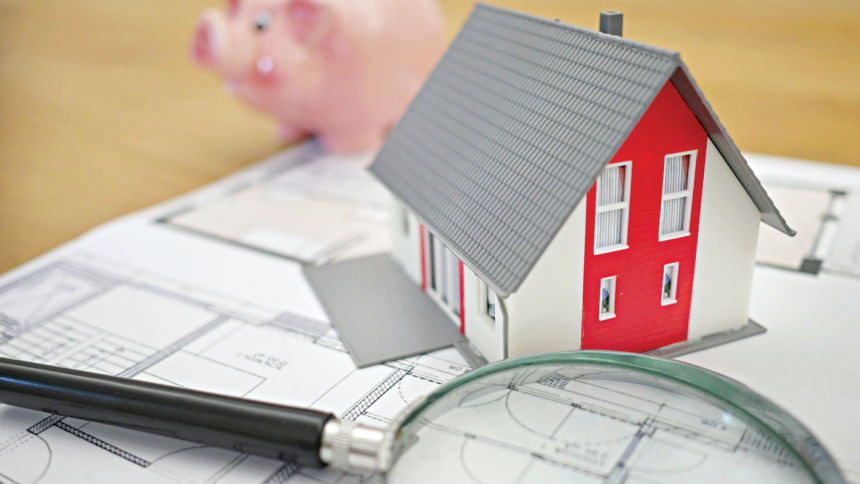
Policy and costs weigh heavy
Even in areas showing resilience, cost pressures are mounting. The FY26 budget increased VAT on construction services to 10% from 7.5%, while also raising specific VAT on rods and other inputs. These changes are likely to place significant pressure on construction demand. Also, developers say wealthy buyers are holding back despite having cash, due to fears of sudden anti-corruption raids. Additionally, the interim government's national budget has eliminated the option to whiten black money through property investment after paying charges.
Meanwhile, building-material makers are already in difficulty with MS rod prices fluctuating between Tk 80,000 and Tk 89,000 per tonne in mid-2025 amid a demand slump.
The structural deficit remains
Behind the ups and downs of monthly sales sits a deeper structural problem. According to UNDP, Bangladesh faces a housing deficit of 6 million units, projected to rise to 10.5 million by 2030. Nearly 80% of Dhaka's residents rent, and around 1.8 million people live in slum-like conditions, with 70% of the unmet demand concentrated in the affordable segment.
This is the paradox at the heart of Dhaka's market: while prime neighborhoods can still command world-class rates, the majority of the population cannot buy at all.
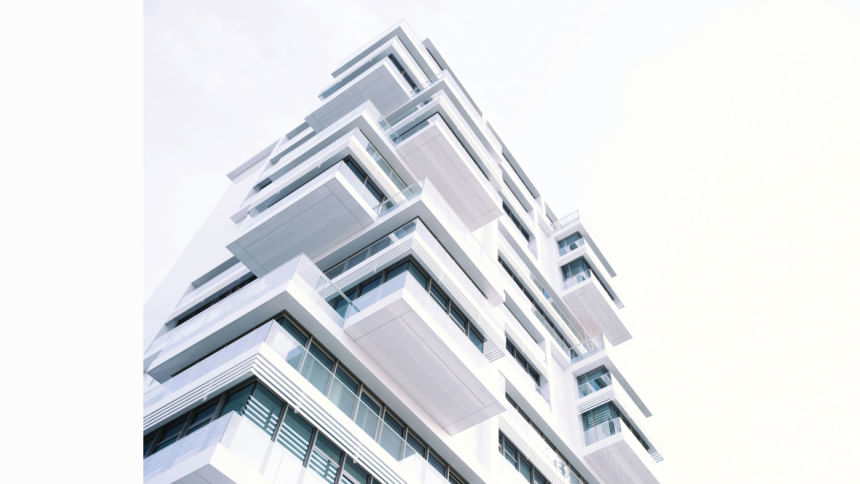
The fork ahead
So where does the market go next? Developers warn that the amended Detailed Area Plan (DAP) could raise land and apartment prices further by limiting supply. Economists stress that unless mortgage rates soften and affordable units expand, the gap between aspiration and reality will keep widening.
For now, the picture is split. Uttara and Mirpur are benefiting from new transport links and mid-income demand. Gulshan, Banani, and Baridhara hold steady at the top end, immune to short-term shocks. And across the rest of Dhaka, buyers are picking carefully through price ladders in places like Basila, Banasree, and Bashundhara.
Bangladesh's real estate is not collapsing but it is fragmenting. Whether it tilts toward inclusivity or further exclusivity will depend on how policymakers, financiers, and developers navigate the next few years.

 For all latest news, follow The Daily Star's Google News channel.
For all latest news, follow The Daily Star's Google News channel. 


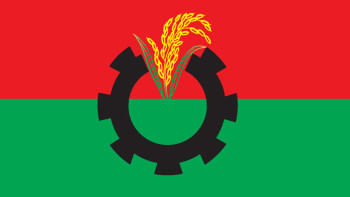
Comments